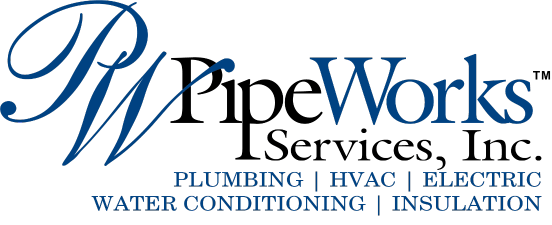Attics are the ultimate storage solution in many older homes, but not when summer heat and humidity combine to make you feel as if you’ve entered a sauna when you climb the attic stairs. Unregulated attic space can cause moisture damage to stored possessions and drive your energy bills through the roof.
One simple solution to heat and humidity problems in your attic is to install a radiant barrier. This can be any of several materials that you install, and which are designed to reflect heat away from your attic space rather than absorbing heat into it. A radiant barrier keeps your attic cooler and drier, makes it a safer place in which to store your possessions, and helps you keep your energy bills in check.
The most common type of radiant barrier is a foil sheet (often with a backing of kraft paper or similar material to lend durability) that is hung loosely from the rafters. You also can use foil chips that are blown onto your attic floor. However, we don’t recommend them in New Jersey, because in climates that experience cold winter weather, any radiant barrier installed at the attic-floor level can contribute to major moisture problems in your attic. Instead, choose one designed for installation under the rafters or integrated into the roofing or insulation materials. Some of these include foil-backed roof shingles, foil-faced insulation, and foil-coated roof sheathing.
According to the U.S. Department of Energy, radiant barriers can lower the cost of cooling your home by 5 to 10 percent, so if you have heat and humidity issues in your attic, you might want to consider having one installed. When you do, be sure to consult a qualified HVAC (heating, ventilation, and air conditioning) contractor. Improperly installed attic improvements can lead to mold, rot, and other moisture-related problems.
We offer a full-year, 100 percent money-back guarantee on each installation that we do. For more information, contact us at Pipe Works Services for expert advice on all your home-energy needs, or schedule a quote today.




